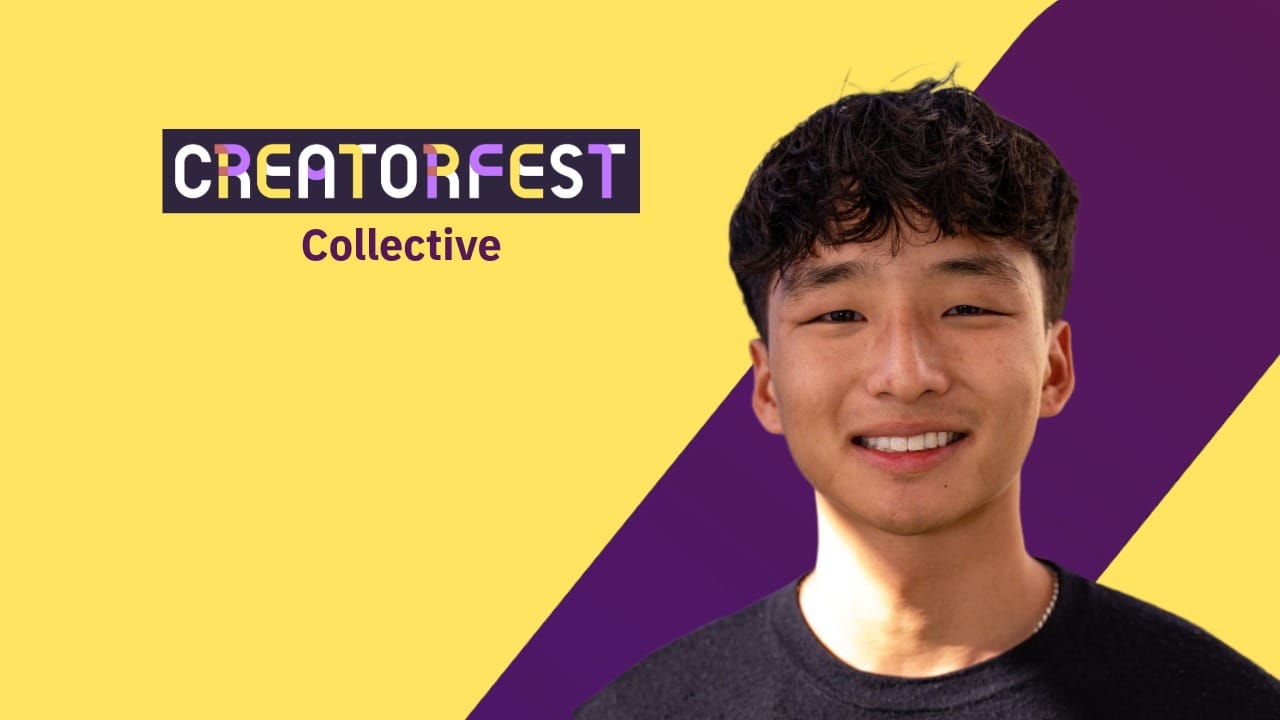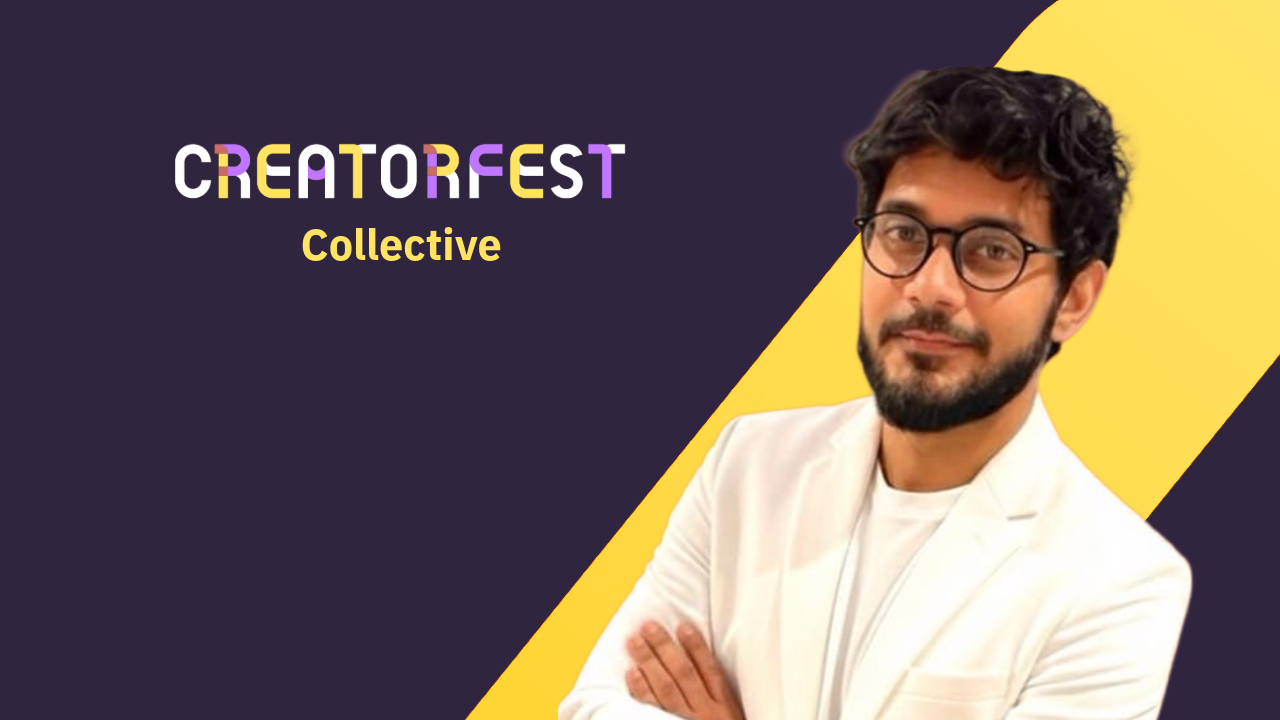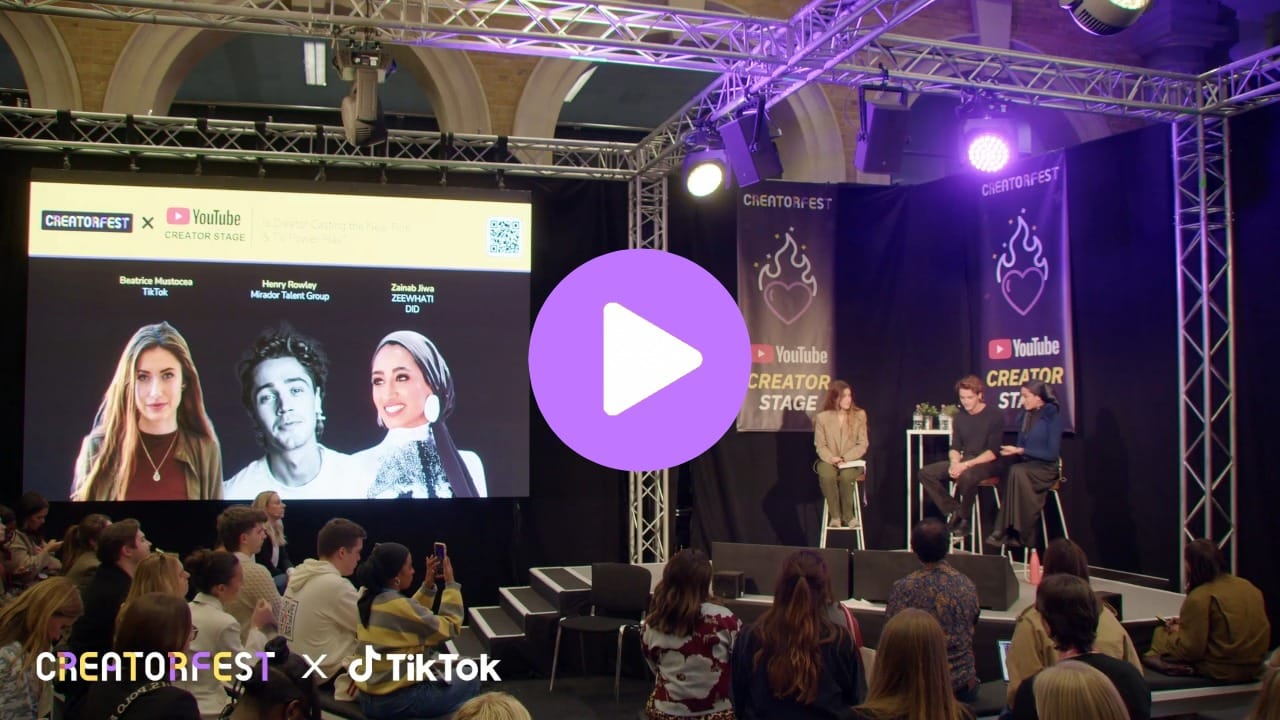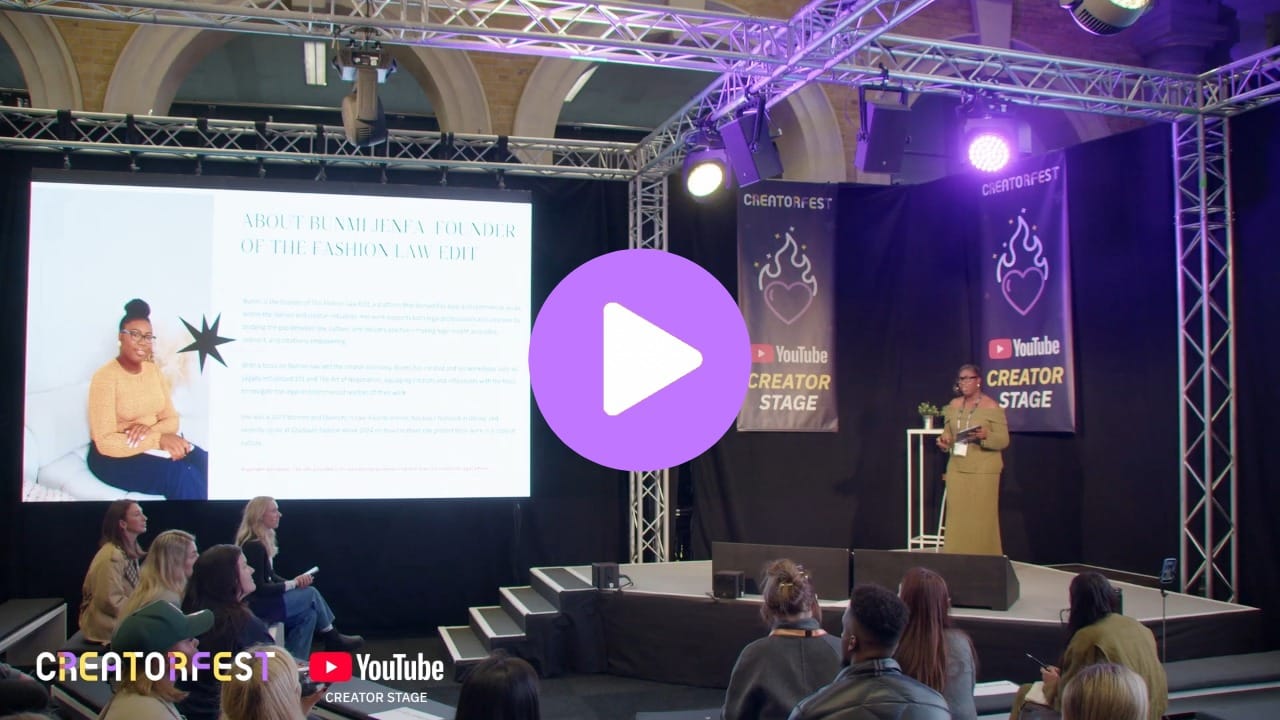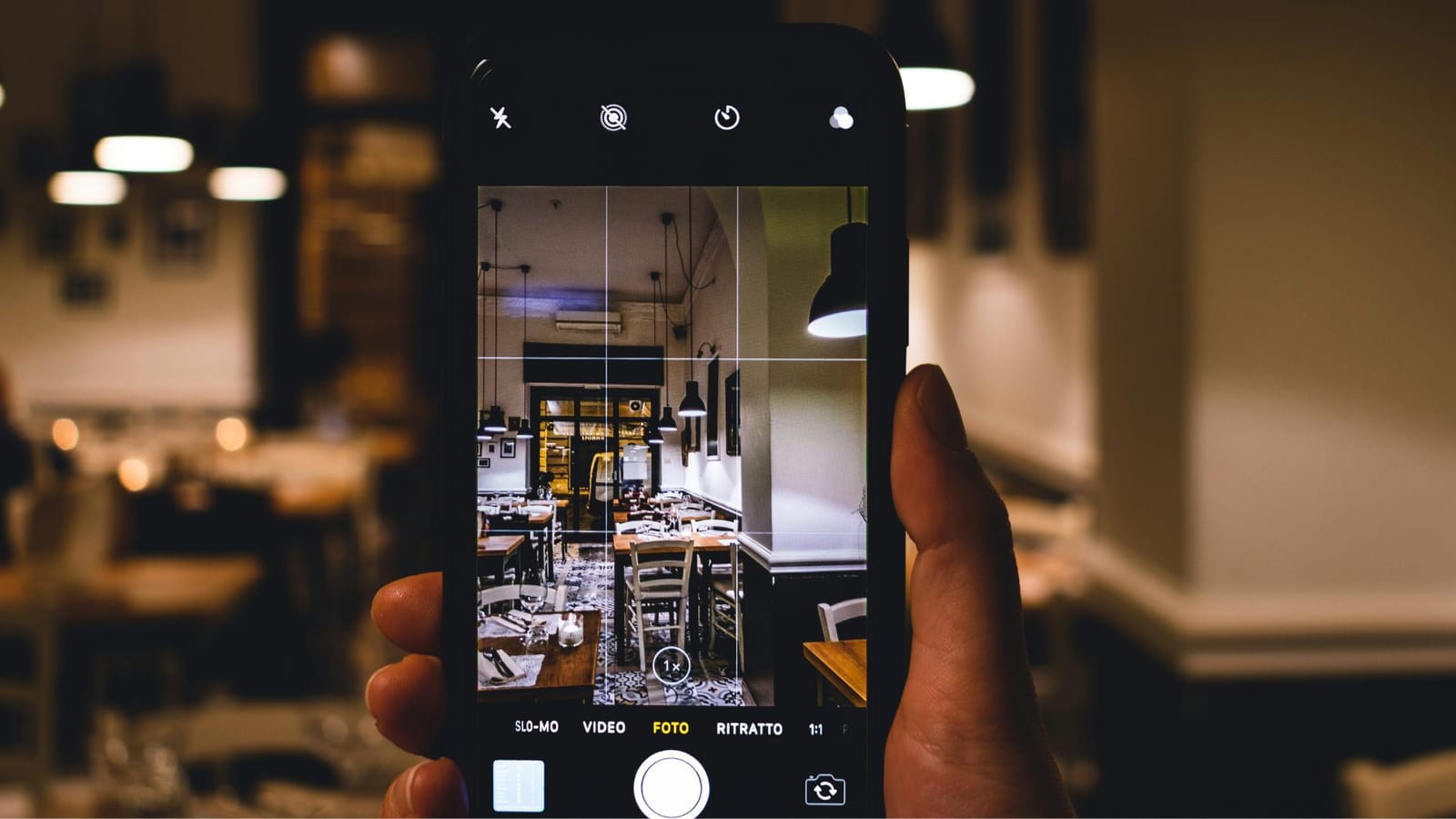Most creators don’t lose money because of views.
They lose it because they don’t speak the language.
The creator economy is filled with jargon that sounds like insider code: CPM, IO, ROAS, exclusivity, net-90.
If you don’t know these terms, you’re negotiating blind.
I’ve negotiated and closed over $10.6 million dollars across 400+ brand partnerships. I’ve sat across the table from executives at leading companies across B2B and finance. I’ve trained talent agents and reviewed hundreds of contracts.
And here’s the pattern I’ve seen every time: creators, agents, and managers who understand the business language win. The ones who don’t end up underpaid, stuck in bad contracts, or left behind.
That’s why I built The Dealmaker's Dictionary.
Not bloated with buzzwords. Just the terms that actually protect creators, unlock leverage, and separate amateurs from professionals.
The Money Terms (How brands value you)
- CPM (Cost per mille) = Cost per thousand impressions. If a brand says “$25 CPM,” they’ll pay $25 for every 1,000 views.
- CPA (Cost per action) = How much a brand pays each time a user completes a specific action (sign-up, free trial, purchase, etc.).
- CPC (Cost per click) = How much each click costs a brand.
- CPV (Cost per view) = Cost for each view of an ad.
- ROAS (Return on ad spend) = If a brand spends $1, how much comes back.
- CAC (Customer acquisition cost) = Total cost to acquire one new customer.
Why it matters: Knowing these lets you justify your rates with ROI.
The Performance Terms (What proves your value)
- CTR (Click-through rate) = Clicks ÷ views.
- CVR (Conversion rate) = Purchases ÷ clicks.
- ER (Engagement rate) = Likes + comments + shares + saves ÷ views.
- KPI (Key performance indicators) = The success metrics for a campaign.
Why it matters: Brands don’t just care about views. They care about how effective those views are at driving action.
The Deal Terms (What protects or screws you)
- SOW (Statement of work) = The scope of deliverables.
- IO (Insertion order) = The actual contract.
- Exclusivity = Restriction on working with competitors.
- Usage rights = How long a brand can use your content.
- Whitelisting = Letting brands run ads directly through your account.
- Net 30/60/90 = When you actually get paid (30, 60, or 90 days).
The Legal Landmines (Miss these, lose everything):
- "In perpetuity": They own your content forever. No expiration. No additional payment.
- "Work for hire": You're an employee, not a partner. Zero ownership.
- "Category-wide exclusivity": That beverage deal just blocked water, coffee, and energy drinks too.
- "Unlimited indemnification": You're paying their legal bills if anything goes wrong.
Why it matters: The fine print decides if you keep control of your content, your time, and your money.
Payment Structures (How you get paid)
- Flat fee = Fixed payment, regardless of performance.
- Performance-based = Payment tied to results.
- Hybrid = Flat fee + performance bonus.
- Affiliate = Commission on sales only.
- Seeding = Free product, no payment.
Why it matters: Every structure shifts risk. Flat fee = safe. Affiliate = best when you know your audience is primed to buy.
The Platform Terms (The rules of the game)
- UGC (User-generated content) = Content created by consumers, not the brand itself.
- FTC (Federal Trade Commission) = Requires you to disclose ads (#ad).
- MCN (Multi-channel network) = Legacy “management” companies for YouTube.
Why it matters: These terms frame the ecosystem. Ignore them, and you might find yourself in hot water.
Why This Dictionary Changes Everything
The creator economy isn't about who has the most followers anymore.
It's about who can navigate the business side.
I've seen 50K creators out-earn 5M creators because they understood deal structures. Watched creators with perfect content get passed over because they couldn't articulate their value in brand language.
The gap between amateur and professional is vocabulary.
From Confusion to Confidence
This dictionary isn't about memorizing definitions. It's about pattern recognition:
- Spot the red flags before signing
- Negotiate from a position of knowledge
- Price based on value, not guesswork
- Protect what you've built
The Professional Creator's Edge
We've all seen creators treat this like a hobby. They're the ones accepting whatever terms brands offer, grateful for any opportunity.
Then there are the professionals. They show up speaking fluent brand. They know which battles to fight. They engineer outcomes, not hope for them.
The difference? They learned the language first.
Your content might be fire. Your audience might be engaged. But if you can't decode a contract or speak to a brand's KPIs, you're leaving thousands of dollars on the table.
This dictionary bridges that gap. From amateur to professional. From creator to CEO.
Because in the creator economy, knowledge isn't just power.
It's profit.
If this conversation resonated, imagine the energy of being in the room with hundreds of creators, brands, and industry leaders all tackling the same challenges together. At CreatorFest you’re not just listening - you’re part of the community shaping what comes next.
Don't miss your chance to join the movement.


